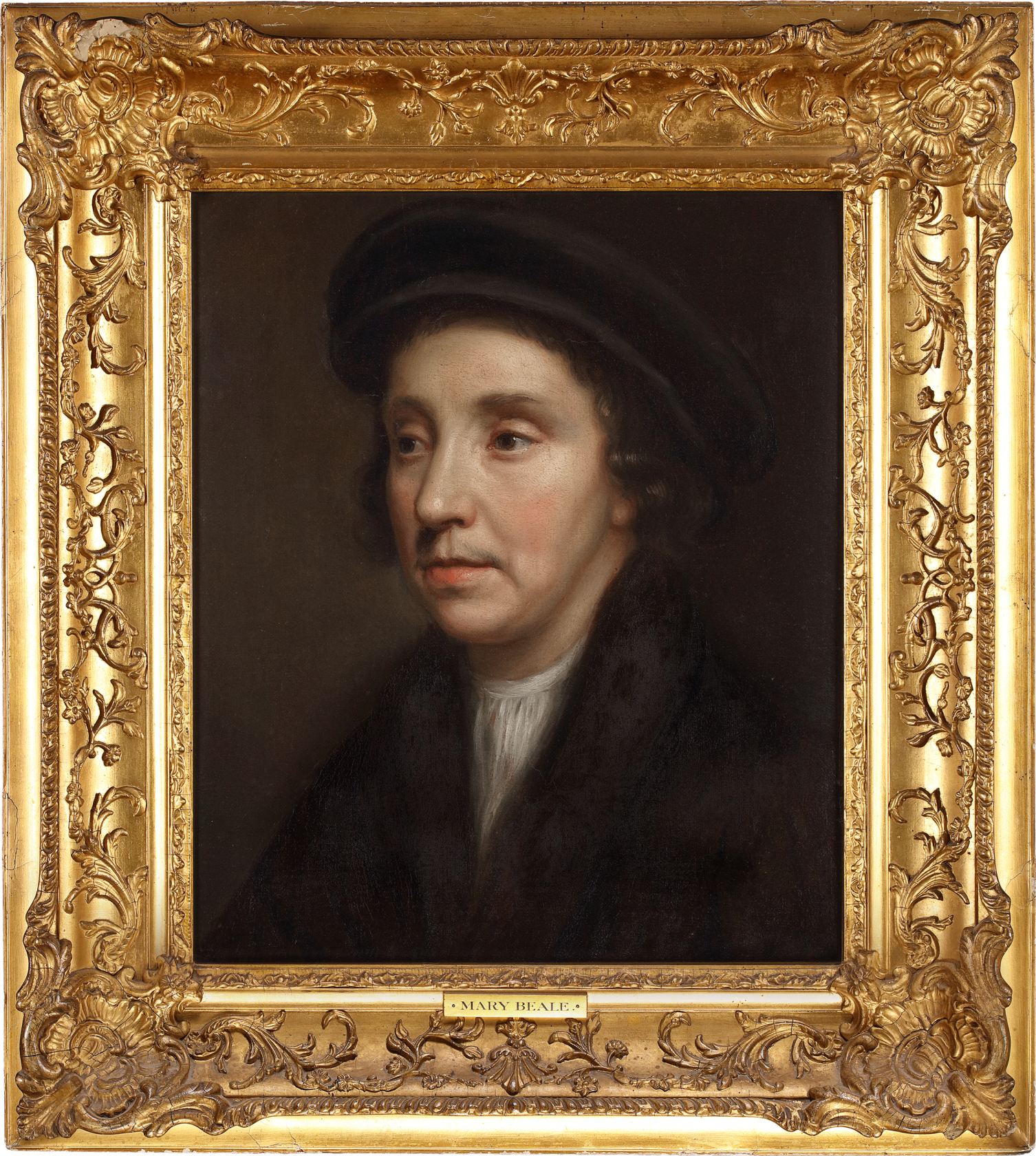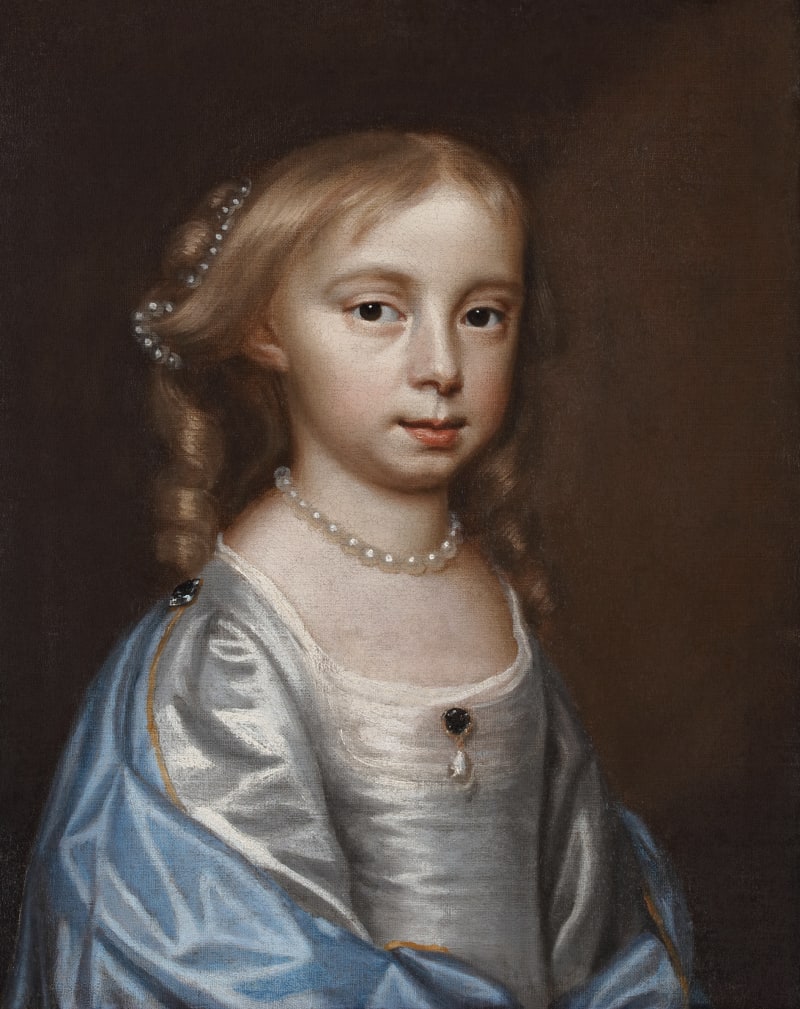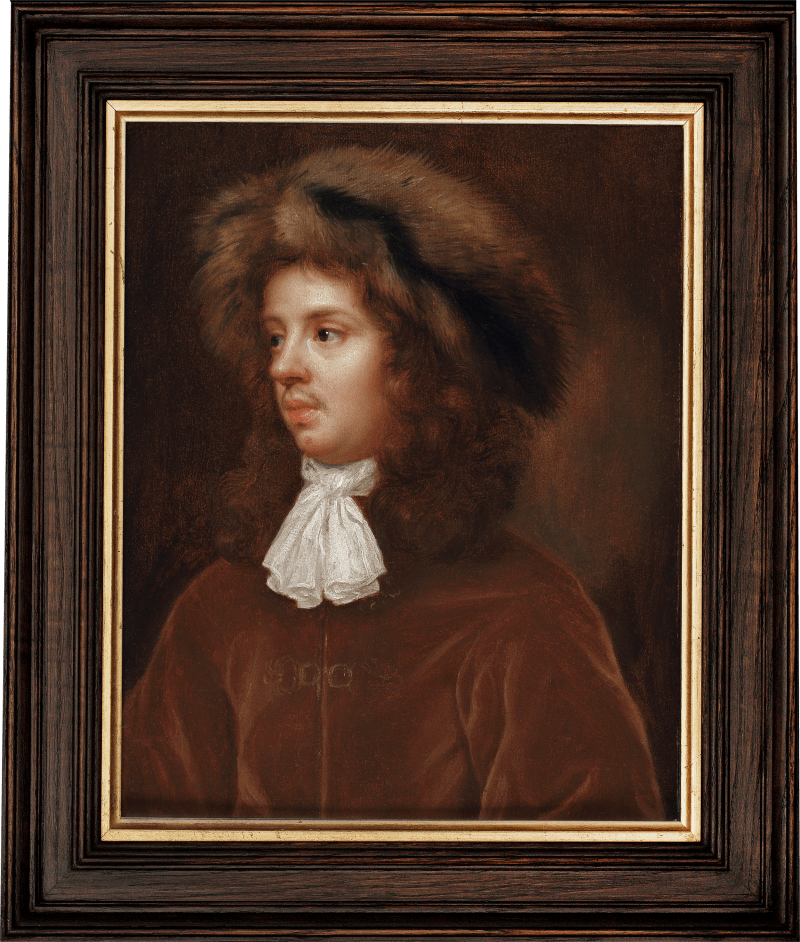The sitter in this portrait is shown wearing a style of costume typically associated with European portraiture from the preceding century. The fur-lined jacket and black cap are reminiscent of Holbein’s portraits of Erasmus which Beale was no doubt familiar with in printed form.
It is painted on paper with considerable sensitivity, which may indicate that the sitter was a close friend of the Beales or a family member. Hats were useful props used by Beale to playfully enhance the character of the sitters in her informal portraits of this type. In this instance, the black cap and costume visually align the sitter with portraits of noblemen and intelligentsia from the Tudor period.
This visual reference was of particular relevance in post-Restoration England when advancements in knowledge were pursued at a rapid pace. This led to the founding of the Royal Society, an institution that epitomised the era’s scientific spirit by promoting experimental and empirical inquiry, and whose...
The sitter in this portrait is shown wearing a style of costume typically associated with European portraiture from the preceding century. The fur-lined jacket and black cap are reminiscent of Holbein’s portraits of Erasmus which Beale was no doubt familiar with in printed form.
It is painted on paper with considerable sensitivity, which may indicate that the sitter was a close friend of the Beales or a family member. Hats were useful props used by Beale to playfully enhance the character of the sitters in her informal portraits of this type. In this instance, the black cap and costume visually align the sitter with portraits of noblemen and intelligentsia from the Tudor period.
This visual reference was of particular relevance in post-Restoration England when advancements in knowledge were pursued at a rapid pace. This led to the founding of the Royal Society, an institution that epitomised the era’s scientific spirit by promoting experimental and empirical inquiry, and whose founding members had close connections to the Beales.













